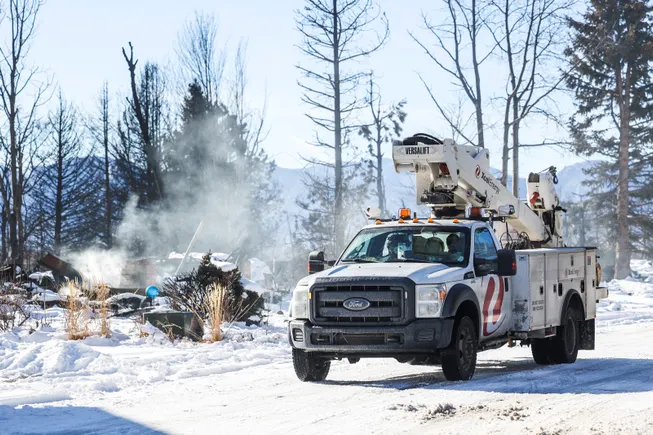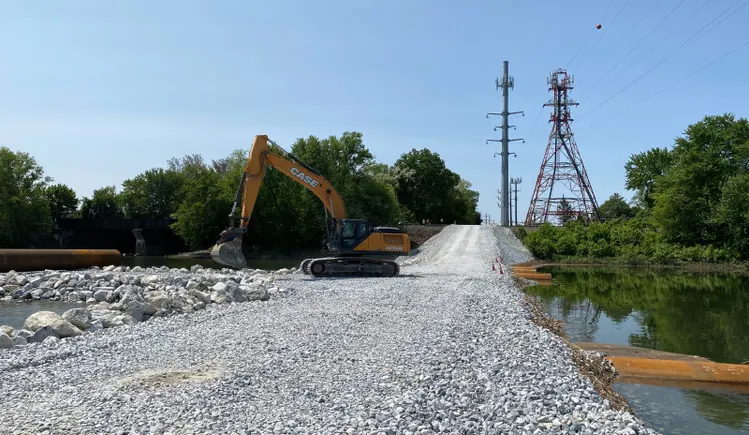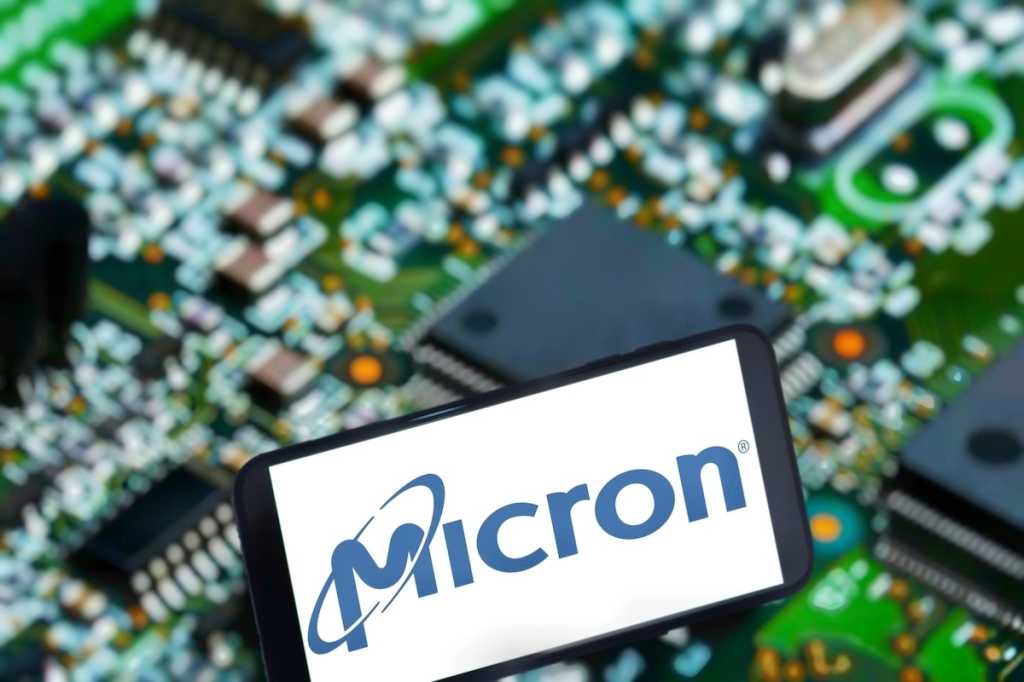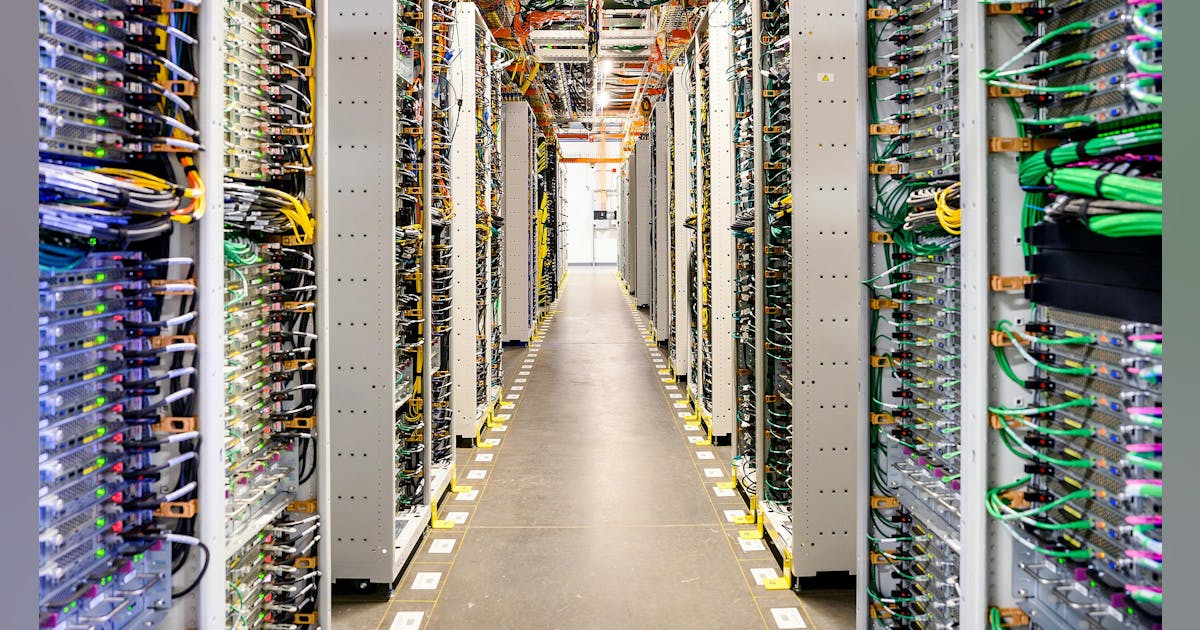
However, despite aggressive vendor positioning around complete infrastructure overhauls, ISG’s research shows that overlay approaches are winning. Even the most technologically advanced organizations are taking a more cautious approach to SD-WAN deployments.
“Honestly, even the digitally mature enterprises are favoring controlled, phased transitions due to operational complexity, embedded legacy contracts, and compliance friction,” Pradeep said. “The reality is ‘rip-and-replace’ is not happening, despite the hype created by new-age providers of cloud native or zero trust solutions.”
Pradeep added that ISG is seeing a degree of change fatigue in organizations. Concerns around app migration, cloud complexity and cybersecurity readiness tend to dominate the conversations. On the other hand, he noted that smaller, nimbler enterprises do prefer complete replacements.
AI-driven automation: Real benefits, human oversight required
The ISG research revealed significant enterprise demand for artificial intelligence capabilities in SD-WAN deployments. However, the current reality differs substantially from vendor promises of fully autonomous networks.
The research found that leading organizations are deploying AI for several specific use cases:
- Self-healing networks and zero-touch provisioning.
- Traffic classification and dynamic path optimization.
- Proactive failover capabilities.
- Alert triaging and management.
However, the research also reveals significant limitations in current AI capabilities.



















